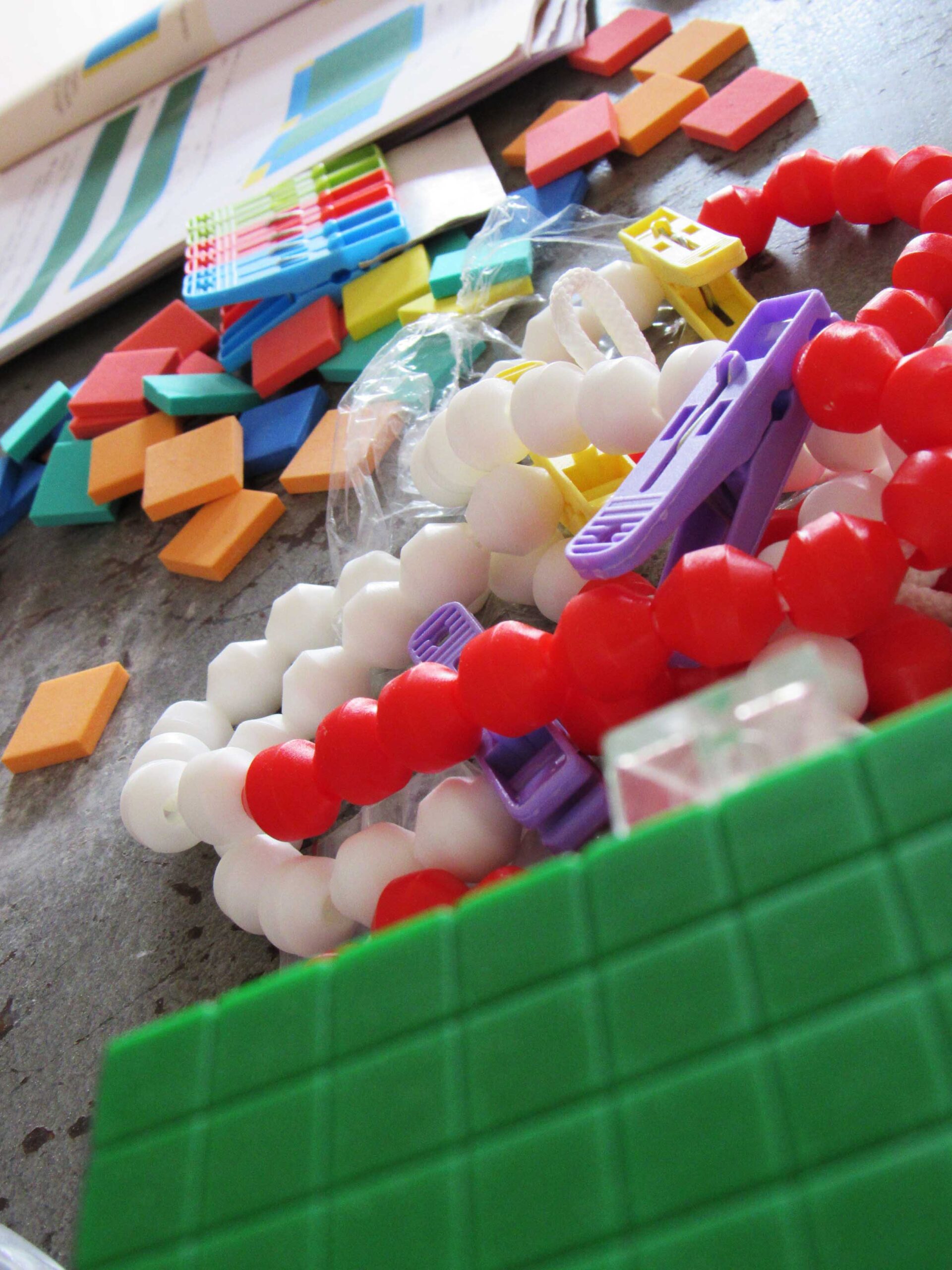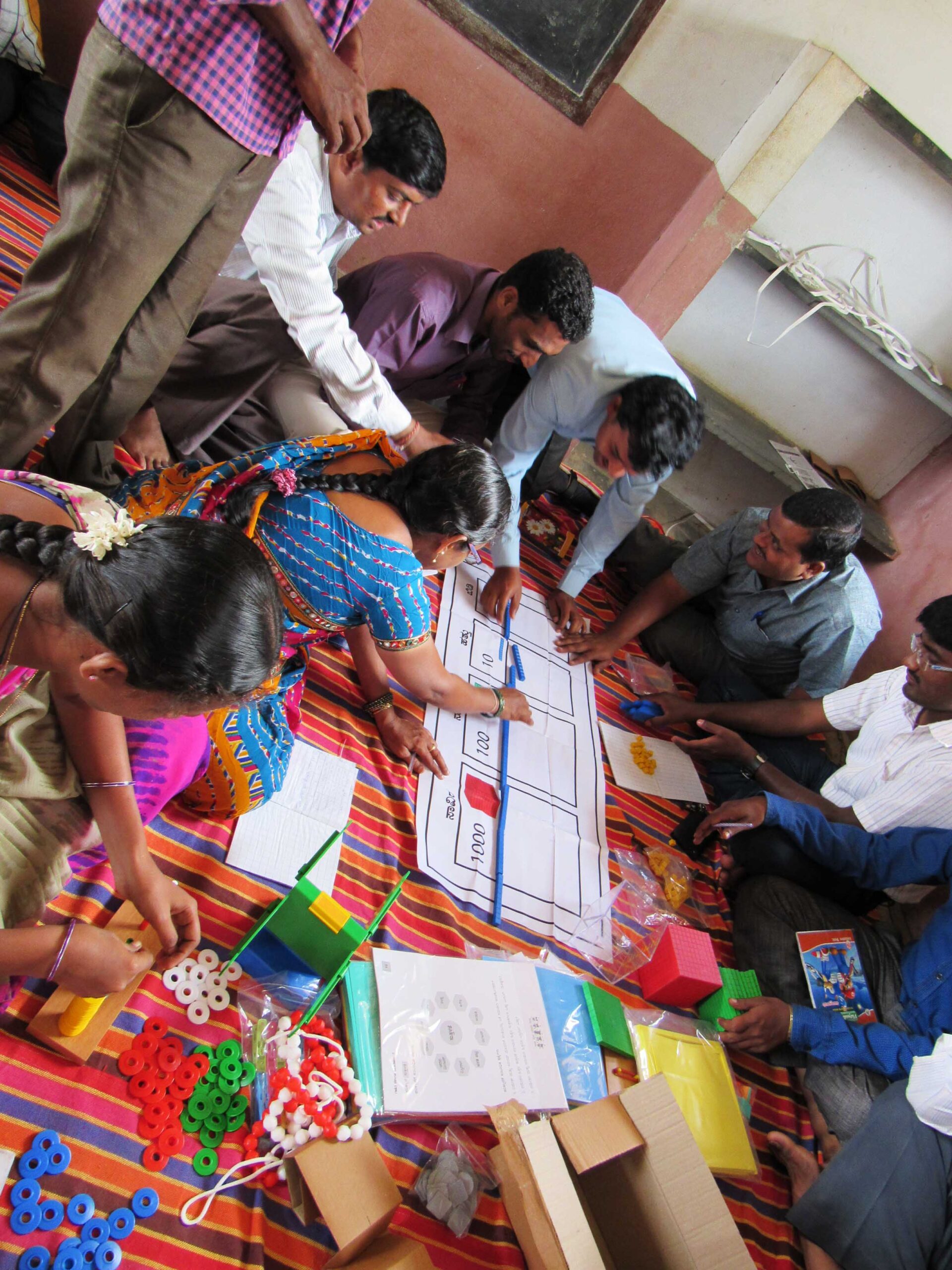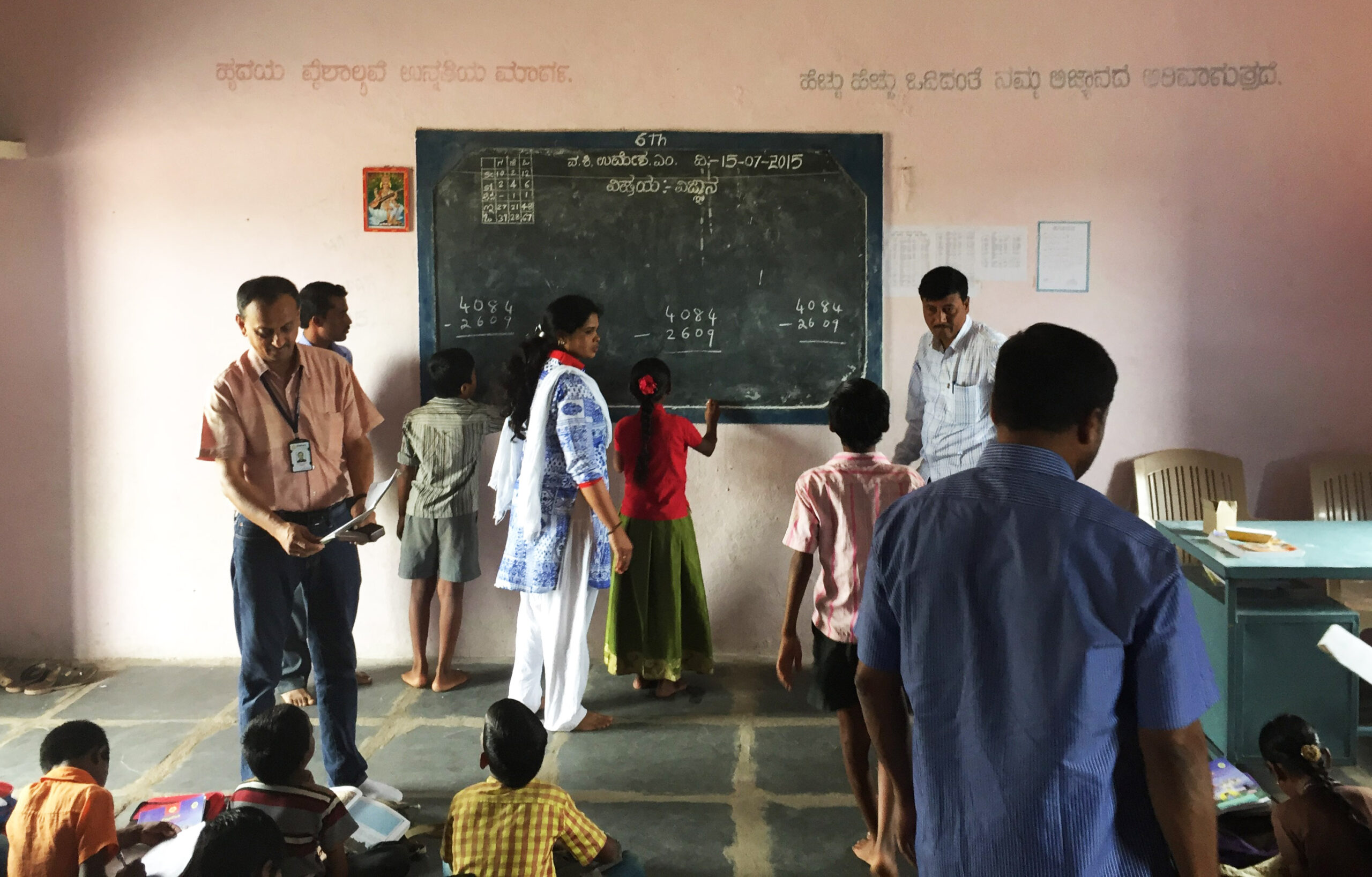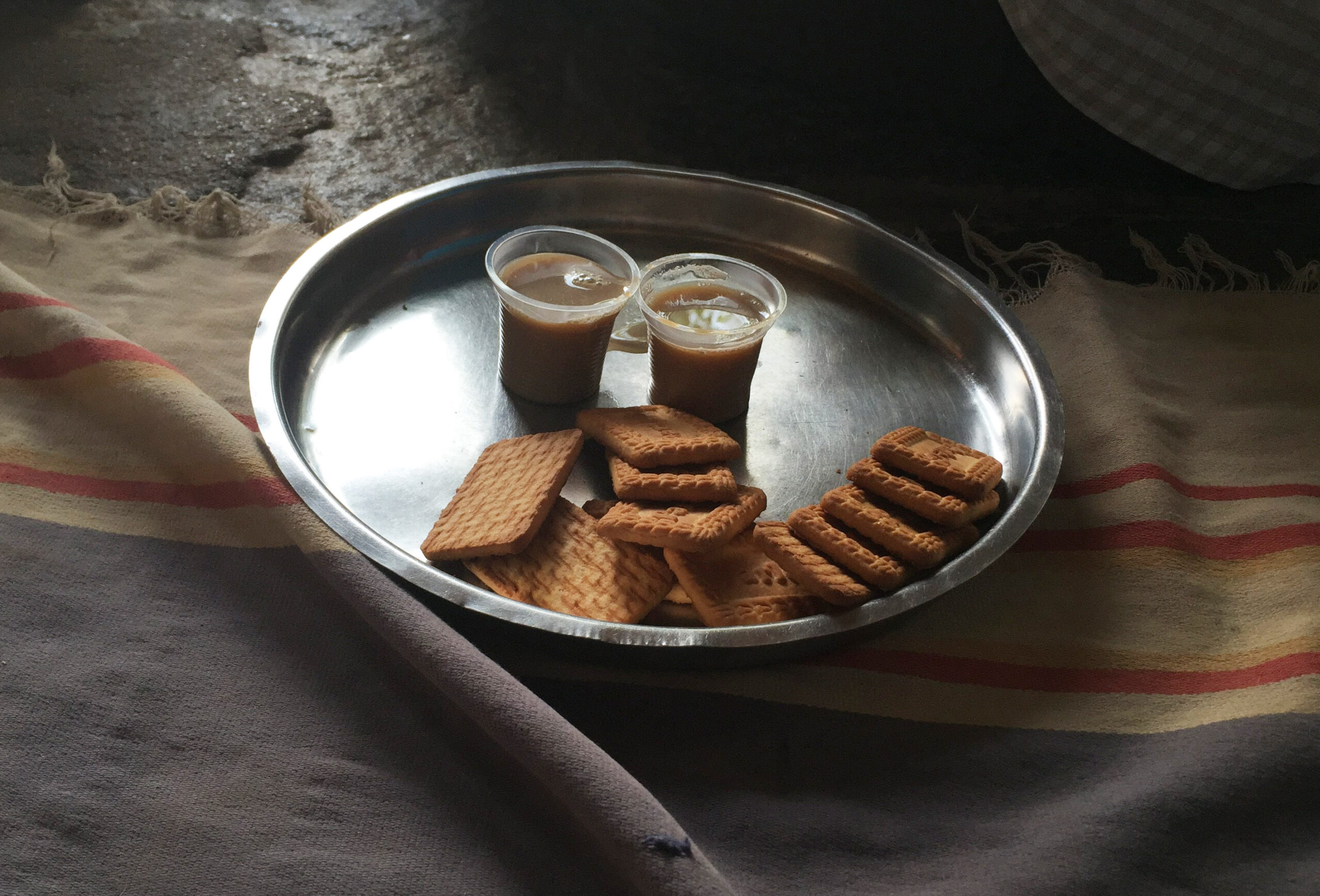Teacher training under Ganitha Kalika Andolana in Koppal district
I was eagerly looking forward to visiting a centre where the Teacher training was in progress. I got the opportunity in Koppal district, one of the 6 districts in the Hyderabad–Karnataka region, where the Ganitha Kalika Andolana (GKA) is being rolled out by the Government of Karnataka along with Akshara Foundation.
The first visit was outside Koppal town, down a rutted mud road, which deposited us inside the pleasant compound of the Urdu HPS school. The teacher training was in progress and the participants were fairly engaged in doing the task given by the Resource Persons (RPs)– in this case it was a revision of the multiplication process using the Teaching-learning material provided in the Akshara Math Kit. There were three RPs, all of them High School math teachers, who had a clear grasp of the principles behind the pedagogy and were confidently answering the queries.
When the topic of fractions was started, one teacher wanted to know why the fractions in Kannada should not be named as ‘one-fifth’, for instance, instead of ‘five parts of which one’ – to loosely translate the practice in the Kannada language.
Finally we agreed that it is best to teach children terminology that is used in the text-book, which also maintains uniformity across all schools in the state. I was touched when one of the RPs picked up the Teacher Manual and told me, “This Manual is the Bhagavad Gita – it has everything we need to teach maths!”
At the second training center we visited, the participants were sitting out under the shade of a tree, since it was a small and stuffy room allotted for the training. Here too there was a High School teacher who was conducting the session single-handedly, with assistance from Ramesh, Akshara’s District Coordinator.
Many of the teachers were in some confusion about converting time on the 12 hour clock to the 24 hour clock; an interesting session on area and perimeter followed. They admitted that in the school the portions relating to geometry were usually hurried through at the end of the academic year.
There was a request for extending the training by one more day so that adequate time could be given for activities. The RP was very grateful that “Akshara has given such a beautiful Kit to students in Government schools.”
See how the two days were spent by all these teachers and RPs, in pictures.
– By Kanchan Bannerjee
















